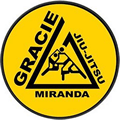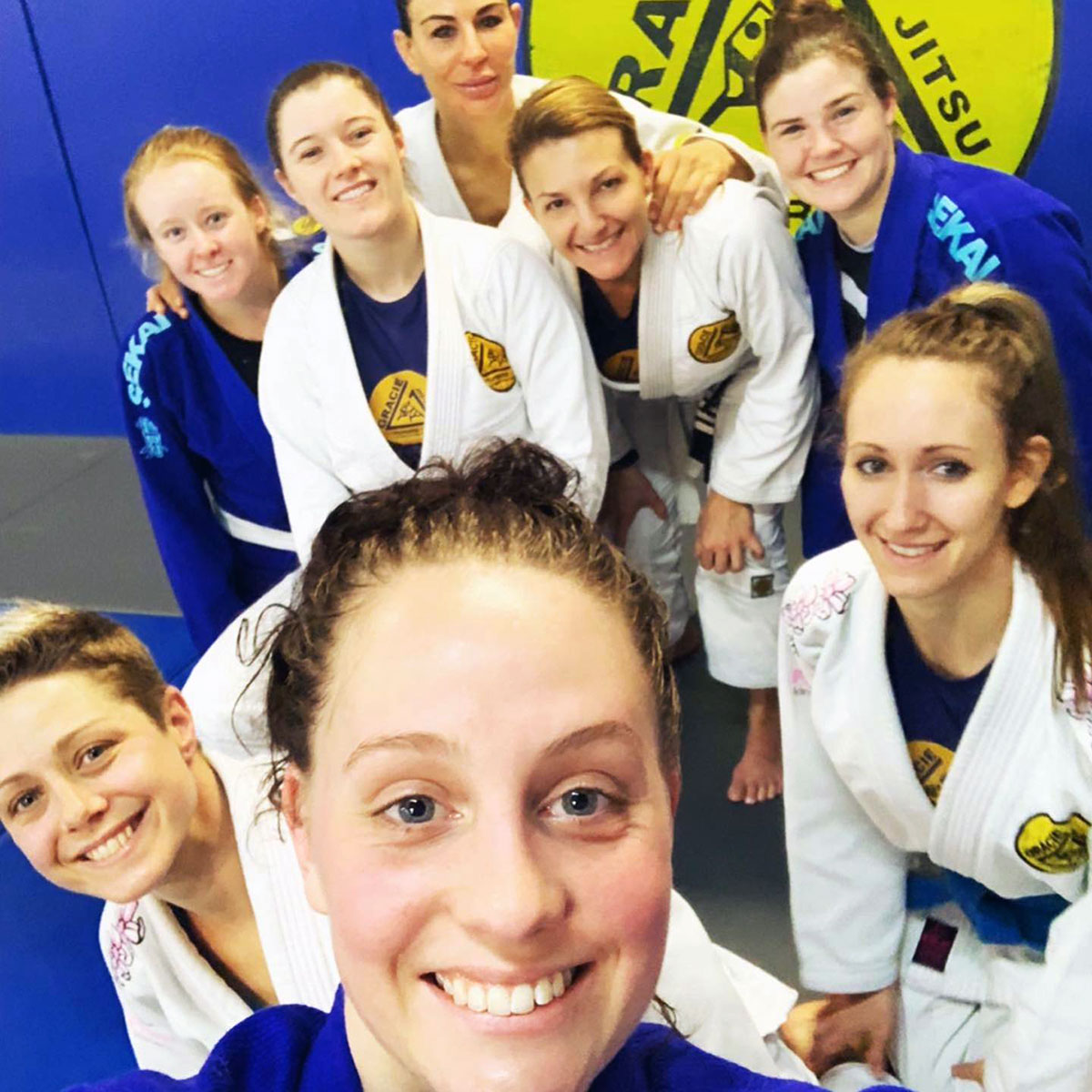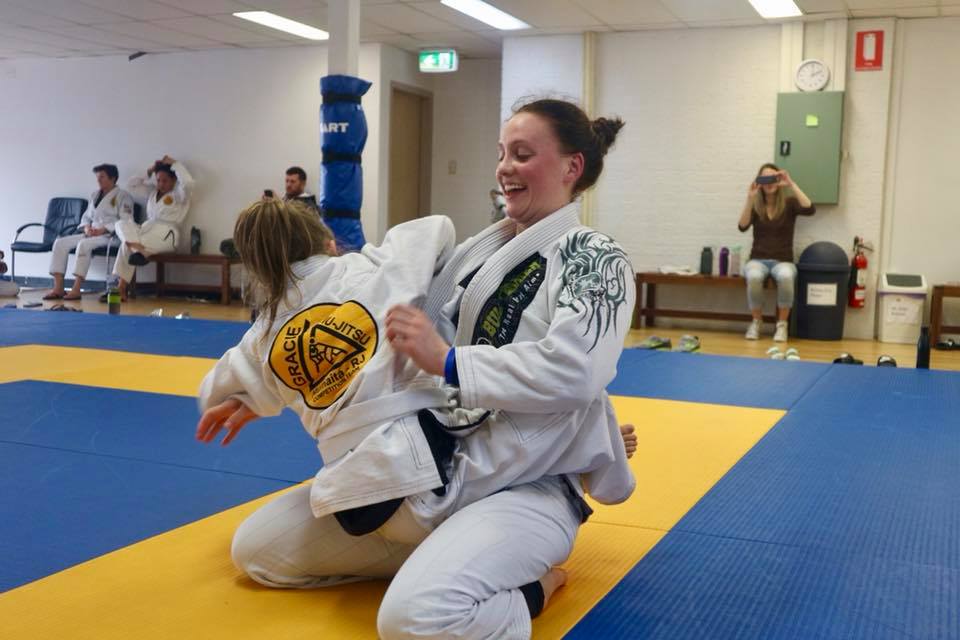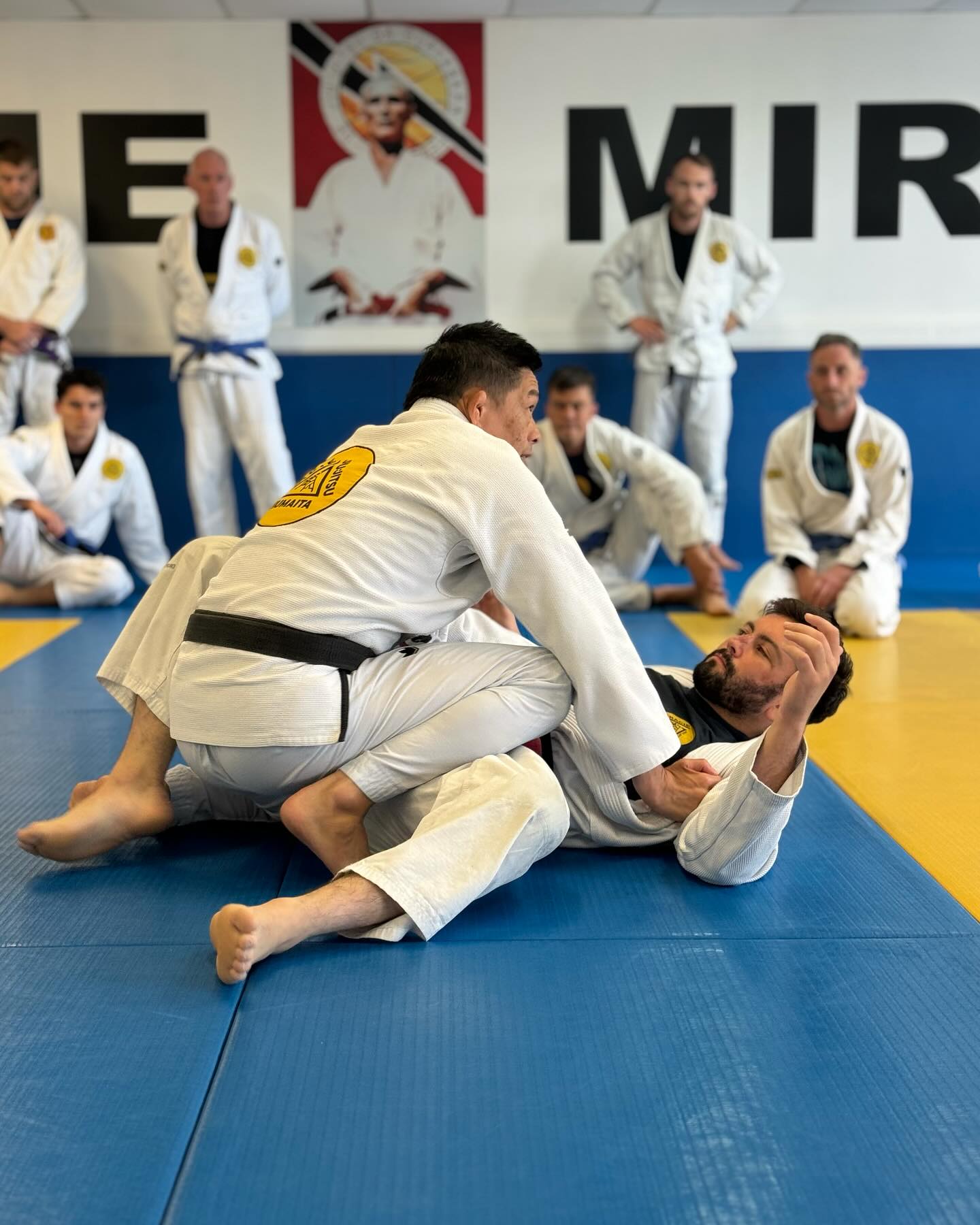Martial arts can be hard to get your head around if you’ve never trained before. What makes one discipline different from another? In Brazilian Jiu-Jitsu (BJJ) how do you make sense of fast-moving grappling? Making things more complicated for soon-to-be BJJ practitioners, Jiu-Jitsu features two distinct types of training: Gi and No-Gi.
What does that even mean?
The thick white (and blue) pants and jackets you probably associate martial arts with are called gis (pronounced “gee”), or kimonos. Gis are different in each martial art: people who practice karate, judo and taekwondo all wear different types of gi, for instance. In Jiu-Jitsu, gis have thick collars and lapels for important reasons we’ll soon explain.
Simply put, gi classes are those in which you wear a gi and no-gi classes are ones where you wear shorts and a rash guard. But the simple cosmetic difference belies some deep fundamental differences you’ll encounter when training in the gi versus training no gi.
Here’s the short story. No-gi training is faster paced, more important for mixed-martial arts (MMA) training, and more slippery than gi training. In gi training, you can slow the fight down by gripping onto your opponents gi pants and jacket, and the friction of the material itself also makes a big difference.
If you want to be a balanced grappler, it’s important to train both Gi and No-Gi. For that reason, we offer multiple No-Gi classes each week at Gracie Miranda, our Sutherland Shire academy.
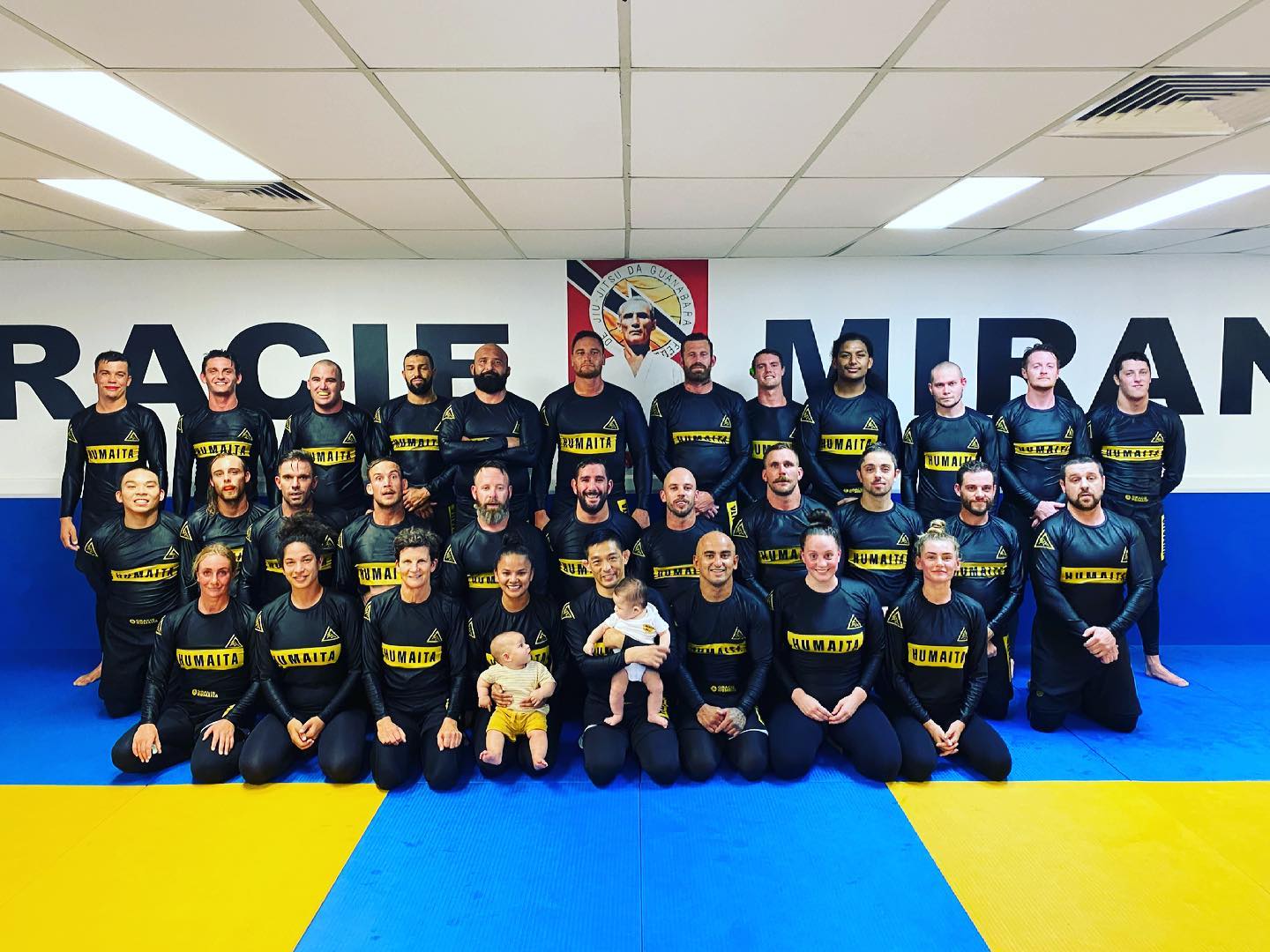
BJJ No-Gi 101
If you’re on this page, it’s probably because you’re either a Jiu-Jitsu beginner or someone considering signing up. (Note: We offer a free trial class.)
So let’s start with the basics. BJJ is a grappling martial art that focuses on ground-based combat. In it, you learn how to take someone to the floor, where you can then subdue and submit them. Crucially, you’ll also learn how to stop someone from taking you down, subduing and submitting you.
The way you go about achieving your objectives depends on the grips at your disposal. In Gi, for instance, many takedowns begin with you establishing one grip on your opponent’s sleeve and another on their collar. Doing so gives you control of their upper body, which you can manipulate to off-balance and take them down.
The same is true with submissions. The easiest way to illustrate this is with chokes. It’s much easier to choke someone in a Gi, where you can grip their collar, or even wrap your Gi around their neck.
So when you take those grips away, the game changes. A lot.
The art of No-Gi Jiu-Jitsu is in subduing and submitting an opponent with no grips available to you. It changes the way you control and submit your opponents. Not only can you not control your opponent with their Gi, it’s much easier for people to slip out from under you in a slippery rashguard versus a cotton Gi.
Here are some ways in which BJJ No-Gi training differs from Gi training.
No-Gi BJJ is faster paced: If you’re looking to improve your cardio, No-Gi training is an outstanding way to do it. Because it’s harder to control your opponent, No-Gi features more scrambles and more jockeying for position.
No-Gi is great for self-defence: If you’re attacked by someone wearing shorts and a T-shirt, you’ll be able to protect yourself using No-Gi techniques. We still recommend training Gi for self-defence too, as knowing how to use grips like the ones afforded by winter jackets or even collared shirts can be a huge advantage.
No-Gi is essential for MMA training: For most people, Gi and No-Gi training compliment each other well. You may prefer one or the other, but they offer similar benefits. This is not the case for those who want to train MMA. Fighters wear only shorts in such fights, meaning Gi grips won’t be able to help you. If you’re interested in MMA training, No-Gi BJJ is crucial.
Interested in learning more? Come into Gracie Miranda, our Jiu-Jitsu academy near the Shire, for a free trial lesson.
